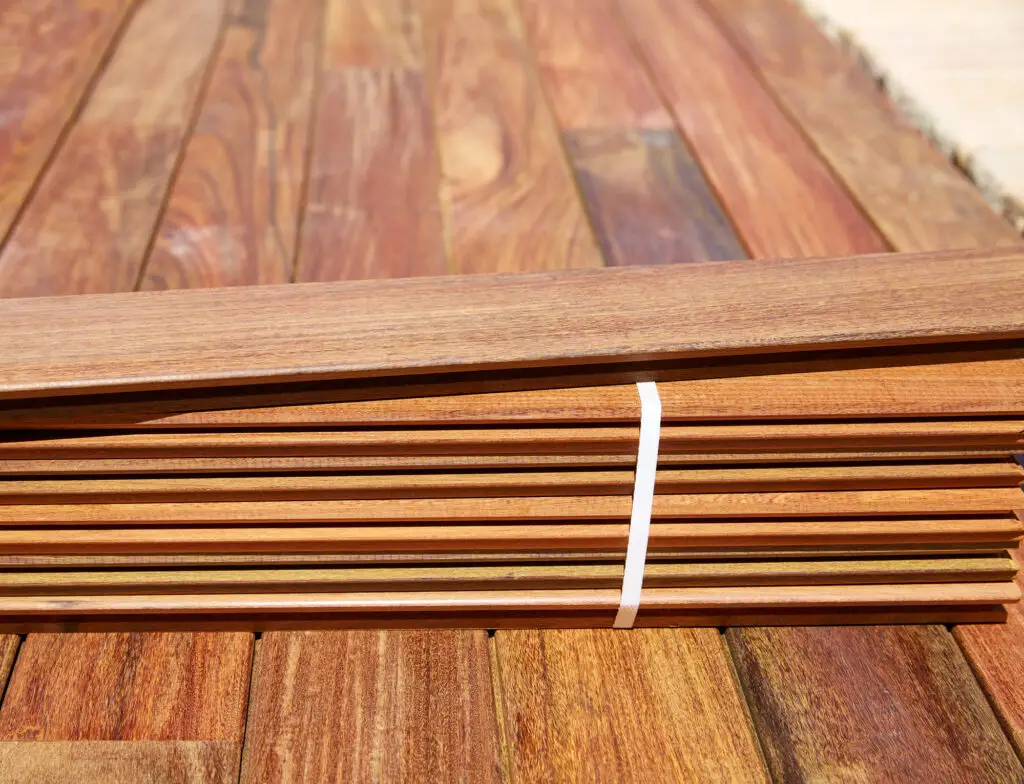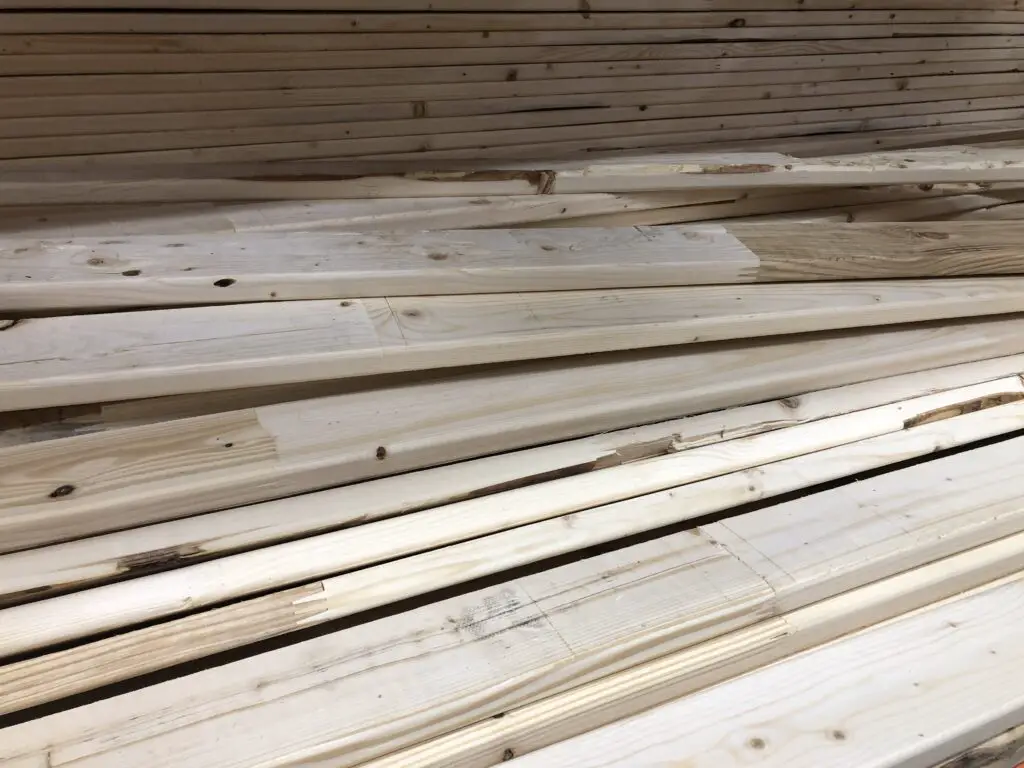Cracks are wack, as a Woodworking you’ll need to know how to stop a crack in wood from spreading. If you are a woodworker or a general hobbyist, you may have come across a wood board with a crack in it from time to time. Having wood cracks in your projects is also not very appealing, and they take away from the beauty of your work. And, of course, you want to ensure the crack does not spread as it would compromise the integrity of the board. The good news is you can stop a crack from spreading!
So, can you stop a crack in wood from spreading?
The short answer is: yes! Cracks in wood are quite common, and they can appear in any part of your board. There are a few different methods for addressing these cracks, and the one you choose may depend on how you are using the piece of wood. Methods such as epoxy, bow ties, or even removal may be the way to prevent your crack in the wood from spreading.
The Different Types of Wood Cracks
As wood is an organic material, splitting and cracking are normal processes. There are six types of wood cracks and splits that you should be aware of.
Shakes: When the grain of the wood separates lengthwise, that is called a shake. You may have shakes that go only halfway through your project piece, but others — “through shakes” — will go completely through the length of the wood. This type of cracking is a natural process that occurs when the tree is growing. Bacteria that seeps into the roots, as opposed to the stem, is thought to cause shakes.
Splits: The gaps in an adjoining surface are called splits, these are caused by force tearing the wood cells apart. This usually occurs in the drying process such as when you place your board in a drying kiln.
Roller Splits: Also caused by force tearing the wood cells apart, roller splits usually occur when a warped slab of wood is forced through a flattening machine. This will cause a split to form where the board is forced against shape.
End Splits: This type of split is not man made, it is caused by the natural stresses a tree may experience while growing such as high winds, excessive snow, or even growth stress.
Checks: When the wood separates around the rings of growth, that is called a check, and it is a natural, normal separation. Checks will be found when the force of drying the wood exceeds the strength of it. The force occurs in the outer edges of the wood which surround a moist core.
End Checks: When a crack or a split pops up at the end of your board, that is generally called an end check. This happens because the outer edges of the wood are drying at a faster rate than the internal sections of the board. The check will happen when the quick-drying stress is more than the board can handle.
How to Stop a Crack in Wood From Spreading – The easy way!
If you leave your cracks untreated, they may start spreading. This is especially true if you leave in a climate that is either extremely dry or extremely humid. Untreated cracks can make boards unusable or cause your projects to warp or separate. What you need to stop a crack from spreading depends on the method you choose to deal with it.
There are four effective ways to deal with a crack: remove it, replace it, fill it, or patch it. We will take a look at the pros and cons of each of these methods.
Remove The Cracked Wood
If you have a crack that is near the edge of a board, you may be able to simply remove it. Mark your cut-line a few inches away from the visible edge of the crack (it may extend beneath the surface where you can’t see it!), and then cut off a few inches of your board with your miter saw or table saw. Your crack shouldn’t be a problem any longer.
Pros:
- Quick to remove
- Avoid warping
Cons:
- Loss of material
Replace the Cracked Wood
If your crack occurs farther away from the edge of the board or in a partially finished workpiece, it may not be feasible to remove it. For these types of cracks, you can route them out, then you can replace them with an inlay or a bowtie. If your crack goes all the way through the board, you will need to inlay both sides.
Pros:
- Avoid warping
- Looks great
Cons:
- Takes more time
- Requires router skills
- Will need additional tools such as chisels
Fill in Cracked Areas in the wood
The fill method can be used in combination with an inlay, but epoxy can also be used on its own. In general, epoxy will be self-leveling and a relatively quick fix for your wood crack. If allowed to fully dry, it will be strong and long-lasting. You can also add color to your epoxy to match (or contrast) with your workpiece.
Pros:
- Seals and fills in a single application
- Easy to color match
- Low shrink
- Good adhesion
Cons:
- More expensive
- Can be messy
- Has a shorter shelf-life
Patch Over cracked wood
Smaller cracks may be just fine with a simple patch. You can patch your wood with either wood putty or with superglue and sawdust. For the putty, you will want to read the instructions on the package, some putties need to be applied before varnishing. The superglue and sawdust method may not be compatible with varnish as well as it can cause discoloration.
Pros:
- Budget-friendly
- Quick to apply
- Many color options
- Long shelf life
Cons:
- May not prevent crack from spreading as well as other methods

